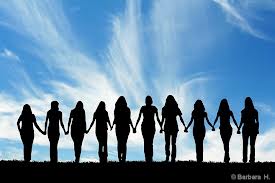
It is, perhaps, the greatest failure of collective leadership since the first world war. The Earth’s living systems are collapsing, and the leaders of some of the most powerful nations – the United States, the UK, Germany, Russia – could not even be bothered to turn up and discuss it. Those who did attend the Earth summit in Rio last week solemnly agreed to keep stoking the destructive fires: sixteen times in their text they pledged to pursue “sustained growth“, the primary cause of the biosphere’s losses.
The efforts of governments are concentrated not on defending the living Earth from destruction, but on defending the machine that is destroying it. Whenever consumer capitalism becomes snarled up by its own contradictions, governments scramble to mend the machine, to ensure – though it consumes the conditions that sustain our lives – that it runs faster than ever before.
The thought that it might be the wrong machine, pursuing the wrong task, cannot even be voiced in mainstream politics. The machine greatly enriches the economic elite, while insulating the political elite from the mass movements it might otherwise confront. We have our bread; now we are wandering, in spellbound reverie, among the circuses.
We have used our unprecedented freedoms – secured at such cost by our forebears – not to agitate for justice, for redistribution, for the defence of our common interests, but to pursue the dopamine hits triggered by the purchase of products we do not need. The world’s most inventive minds are deployed not to improve the lot of humankind but to devise ever more effective means of stimulation, to counteract the diminishing satisfactions of consumption. The mutual dependencies of consumer capitalism ensure that we all unwittingly conspire in the trashing of what may be the only living planet. The failure at Rio de Janeiro belongs to us all.
It marks, more or less, the end of the multilateral effort to protect the biosphere. The only successful global instrument – the Montreal Protocol on substances that deplete the ozone layer – was agreed and implemented years before the first Earth Summit in 1992. It was one of the last fruits of a different political era, in which intervention in the market for the sake of the greater good was not considered anathema, even by the Thatcher and Reagan governments. Everything of value discussed since then has led to weak, unenforceable agreements, or to no agreements at all.
Continue reading... →






